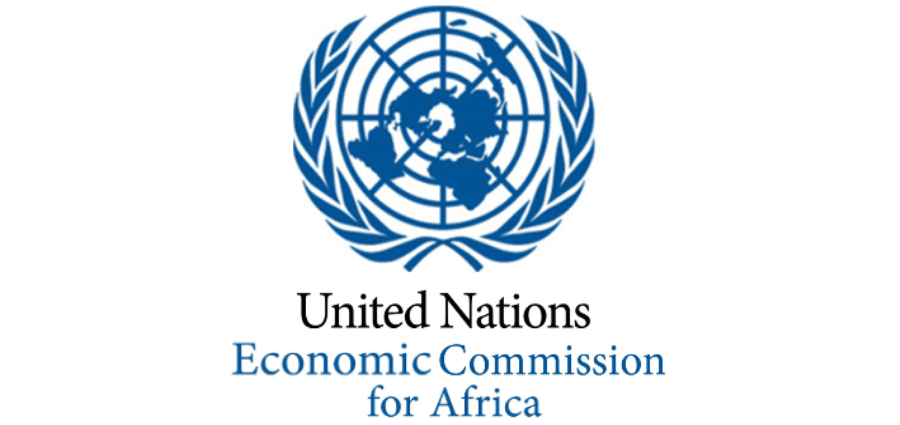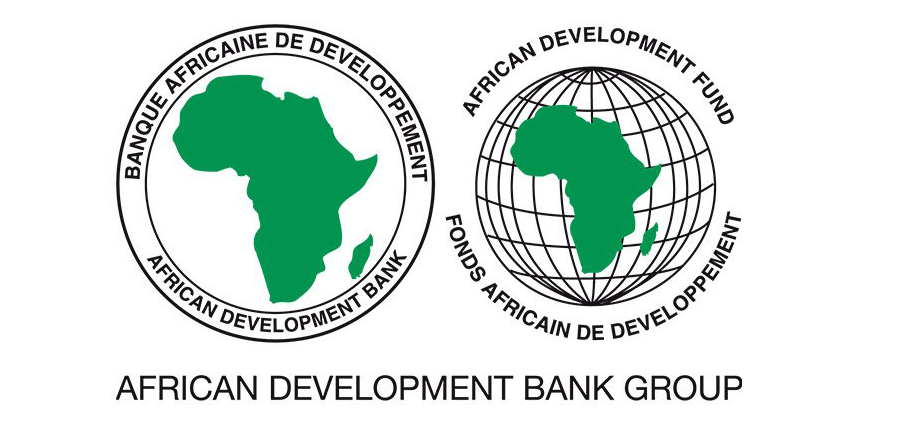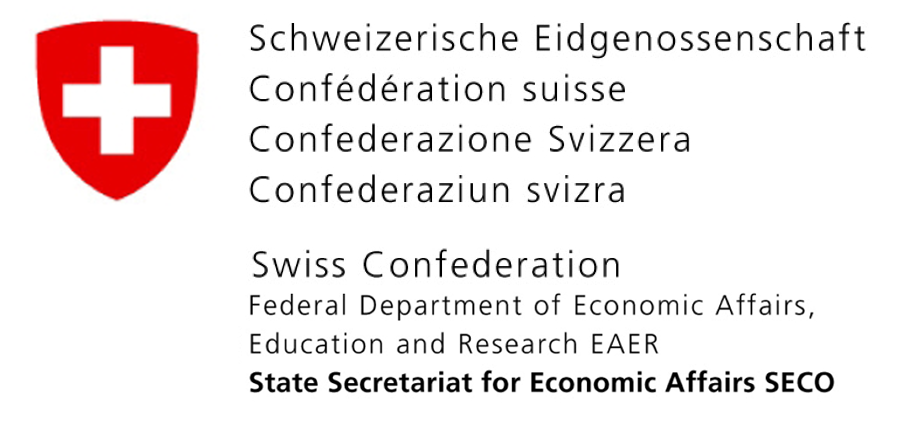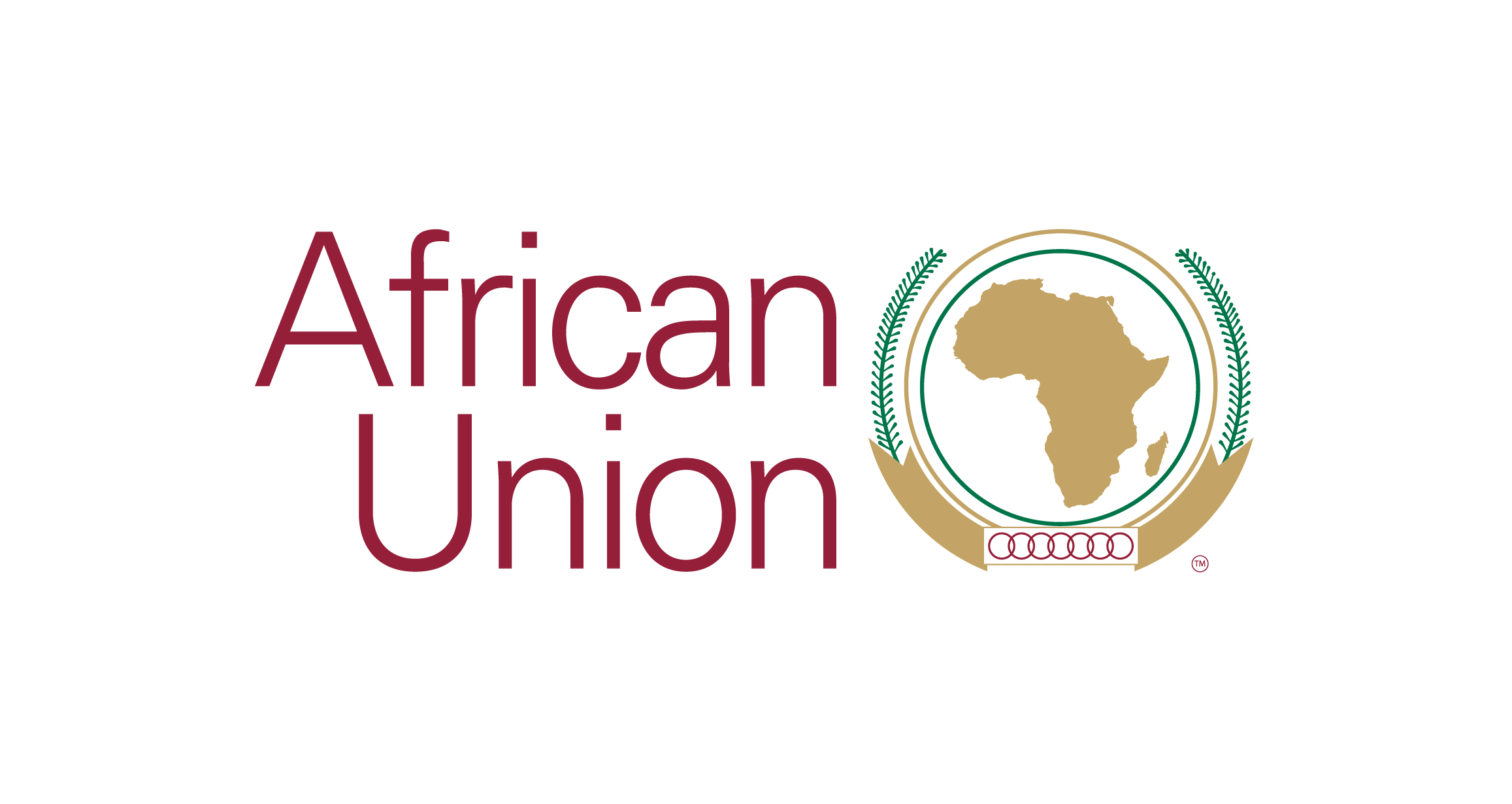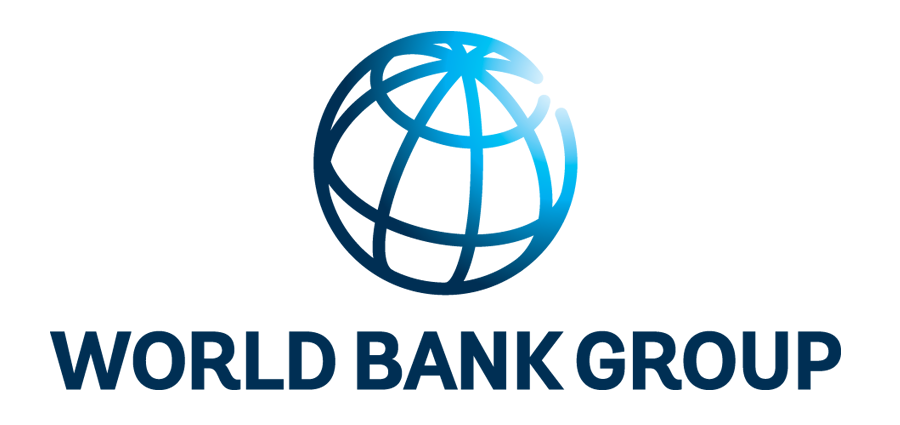The Economics of Traffic Safety
Jorgen Karthum Hansen
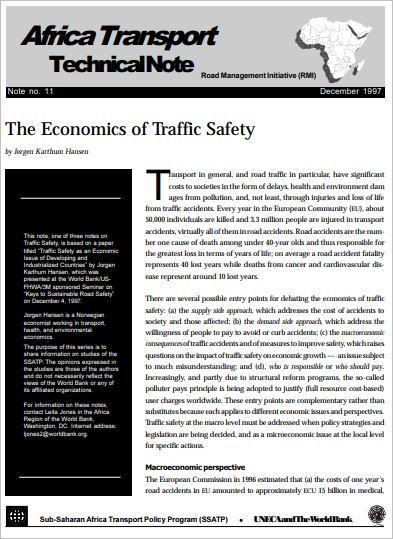
This note is based on a paper titled Traffic Safety as an Economic Issue of Developing and Industrialized Countries by Jorgen Karthum Hansen, which was presented at the World Bank/USFHWA/3M sponsored Seminar on Keys to Sustainable Road Safety on December 4, 1997.
The note examines several possible entry points for debating the economics of traffic safety, namely (a) the supply side approach, which addresses the cost of accidents to society and those affected; (b) the demand side approach, which address the willingness of people to pay to avoid or curb accidents; (c) the macroeconomic consequences of traffic accidents and of measures to improve safety, which raises questions on the impact of traffic safety on economic growth — an issue subject to much misunderstanding; and (d), who is responsible or who should pay
The valuation of traffic accidents consists of two components: the costs of premature loss of life and reduced health quality; and, the loss of income (output) and remedial expenditures (medicinal and material). Variations in estimated costs between countries highlight specific characteristics, such as speed limit variations, monitoring and enforcement, and compulsory use of seat belts, headlights during daylight, vehicular and tire safety controls, and road standards and maintenance.

